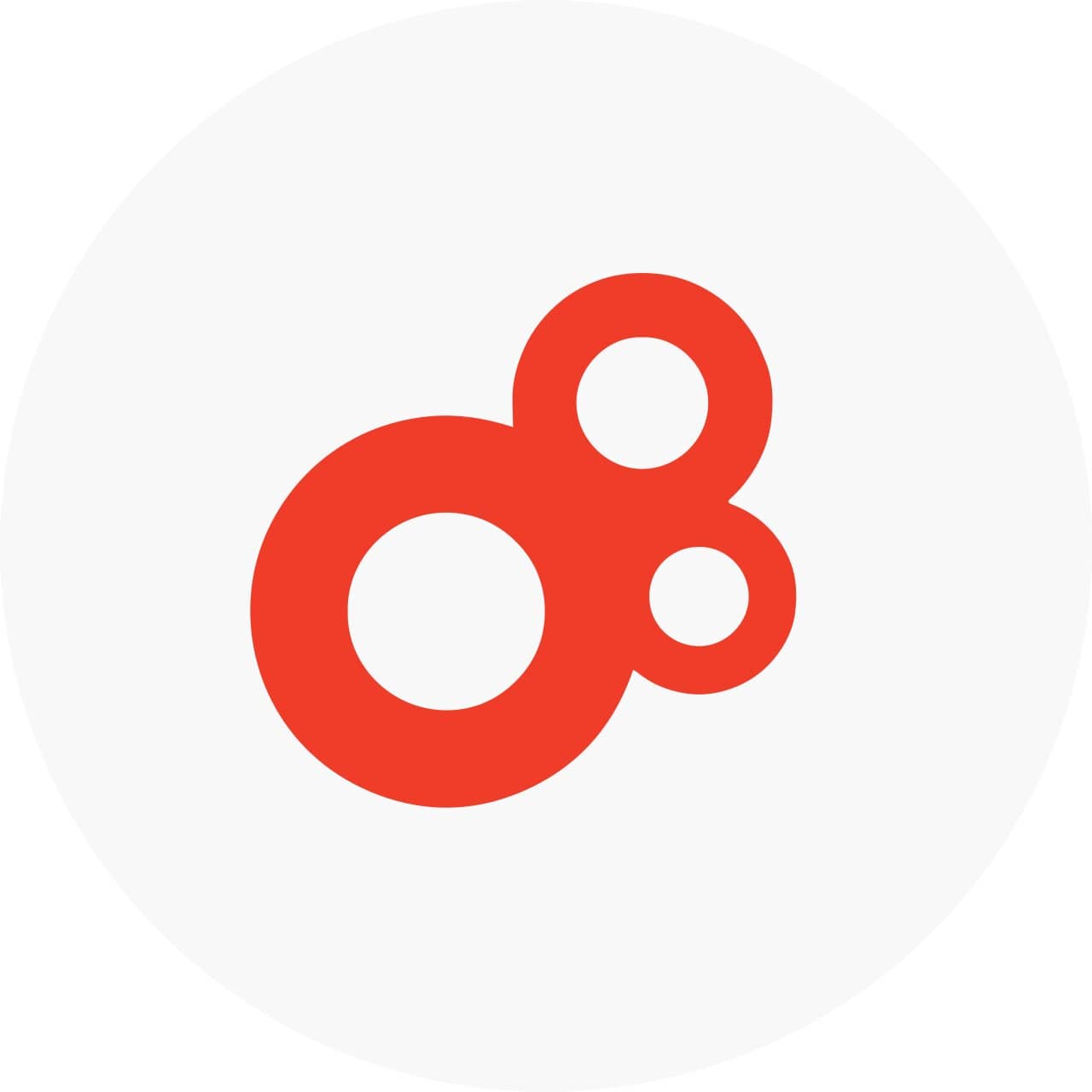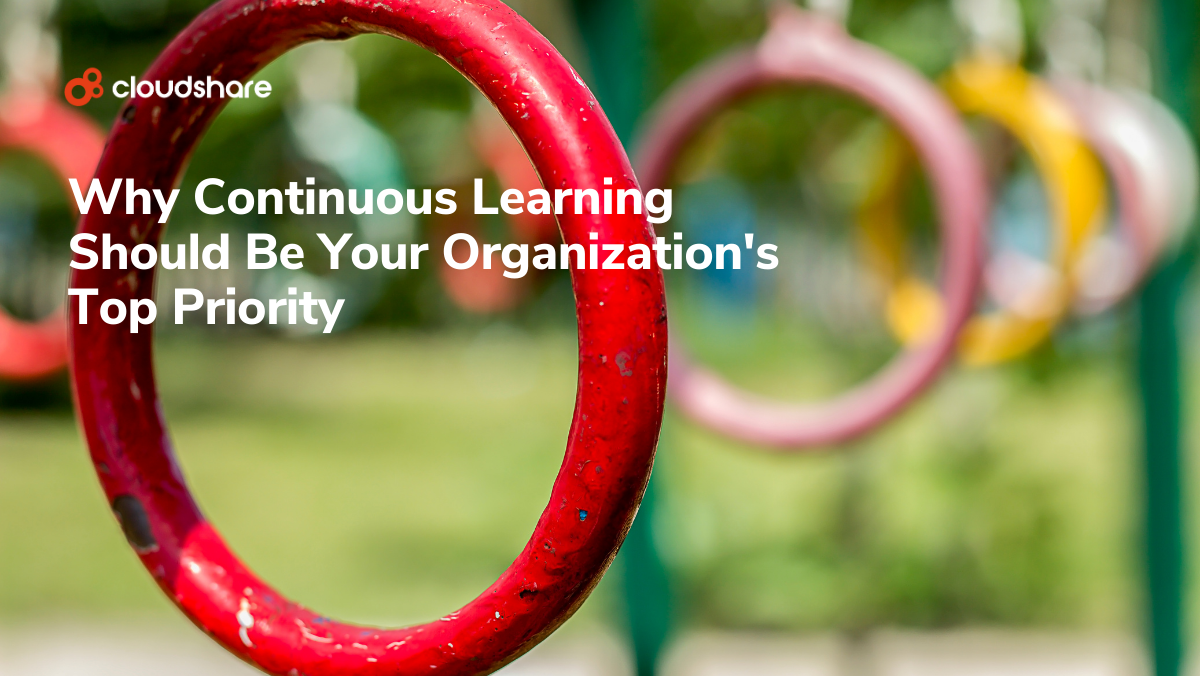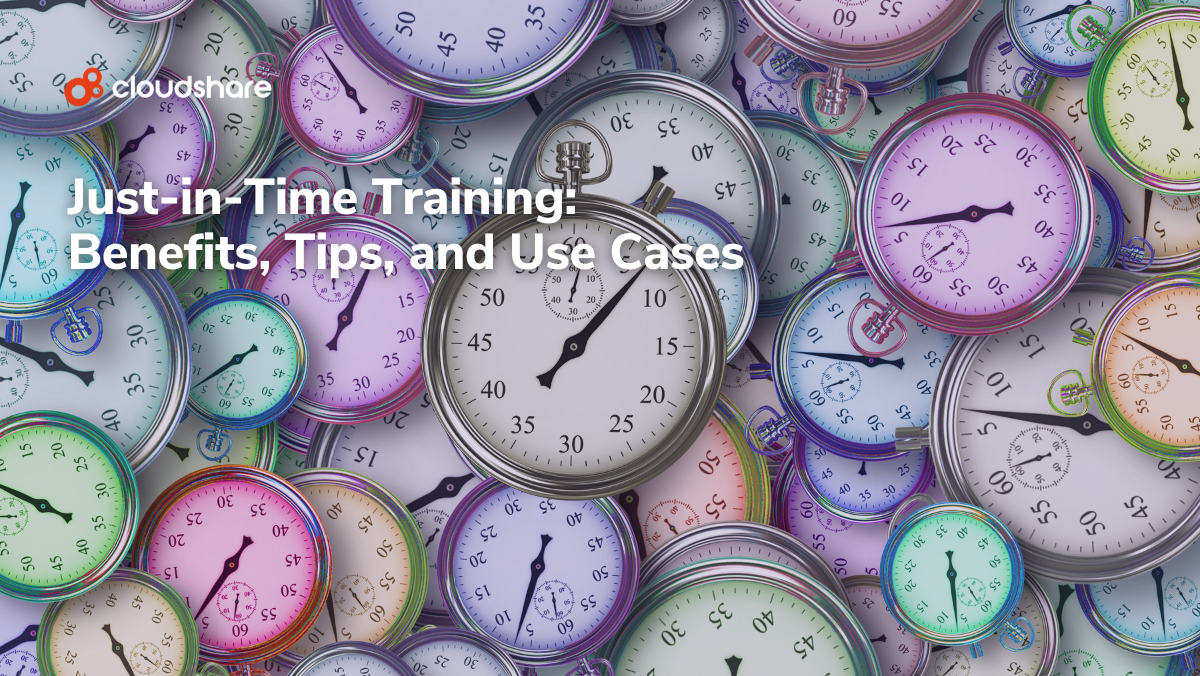
One of the most effective ways to reduce churn is with onboarding. Customers that understand how to use your software to its full potential are far more likely to remain subscribed and satisfied. Consequently, customers who don’t know how your software works may eventually become so frustrated that they cancel.
If people aren’t making it through your training, that’s a problem. A high dropout rate during onboarding is usually inversely related to customer retention. Let’s discuss what you can do about it.
Why Users Abandon Onboarding
Customer training follows many of the same basic principles as education. It follows, then, that we can gain some insight into why a customer might drop out from SaaS onboarding by examining the reasons students abandon e-learning. Per a report published by SAGE Group, online learning has a dropout rate between 40-80 percent.
The personal circumstances of students aside, some common reasons for high attrition in online courses included:
- Courses designed based on incorrect assumptions about the learner.
- Poor content delivery.
- Technical issues.
- Content is too complex or overwhelming.
- Lack of guidance from instructors.
- Insufficiently-trained instructors.
- Inadequate feedback.
Extrapolating based on the above, we can estimate that customers abandon your onboarding for one or more of the following reasons:
- The process is either too complicated or takes too long to complete.
- Onboarding does a poor job of explaining how your application works.
- There are bugs, glitches, or bottlenecks in your onboarding experience.
- The training isn’t relevant or aligned with the customer’s needs.
- The content isn’t delivered in an engaging way.
- Your customer success team is not sufficiently trained
Identifying the Cause of Your Training Dropouts
So now you know the general reasons why people abandon customer training. But why are they abandoning yours? There are a few things you’ll need to do if you want to find the answer:
- Examine usage and behavioral analytics to identify the specific ‘quit points’ in your onboarding process.
- Collect user feedback.
Five Steps to Reduce Churn Rate and Dropout Rate
1. Start With The Customer’s Needs
A lack of personalization will likely derail your onboarding before it even begins. Your training should not only reflect what the customer wants to achieve with your software, but also the unique operating environment in which they’ll use that software. Make sure to pay attention to the customer’s technical and industry acumen as well — you don’t want to waste their time walking them through things they already know.
2. Make it Interactive
There’s only so much one can learn by staring at words and pictures on a screen. Truly effective onboarding not only teaches practical skills, but gives the learner the opportunity to put those skills to the test. You can easily provide that with a custom virtual training lab.
As an added bonus, you can easily tailor that lab to reflect the customer’s ecosystem.
3. Use Analytics
Training is a data-driven discipline. With that in mind, you’ll want to collect information about everything a customer does during onboarding. What they click on, how long they spend on each stage of the training, how they interact with various elements in your training environment.
Everything.
This serves a few purposes:
- It can help you identify quit points in your training by examining usage trends over time.
- It provides instructors with early warning that a customer might be on the verge of dropping out.
- It allows you to determine how and what to change in your training processes over time.
- By combining training analytics with other business data, it allows you to demonstrate concrete ROI for your customer training.
4. Draft a Customer Onboarding Playbook
A customer onboarding playbook is basically a means of standardizing the business processes surrounding your customer onboarding. Drafting one allows you to ensure that every customer receives the same basic training experience when being introduced to your software. Topics this playbook should cover include:
- Critical touchpoints in the onboarding process, and how customer success should engage at each one.
- The desired outcome of your customer training and milestones to measure progress towards that goal.
- The entry point, exit point, and potential quit points.
- How instructors/customer success staff should intervene if a customer appears ready to drop their training.
- Details on different user segments and use cases, and how that impacts training.
While you’re at it, if you don’t already have playbooks for sales, marketing, and subscription renewals, you may want to look into that.
5. Make Sure You Have the Right Tools
Lastly, you should assess what you’re using to deliver customer onboarding.
Do your current tools provide you with the necessary flexibility and scalability to support your customer training needs? How easy is your training software to use? Is it reliable?
Training for Retention
Onboarding is one of the most important stages in your sales cycle. An effective customer training program will not only improve retention, but also customer satisfaction.
Getting this right starts with understanding why users might abandon your training — then using analytics, strategy, and the right combination of tools to ensure they don’t.
Contact us or book a demo to learn more about how CloudShare can help you do just that.



